SEO Copywriting: Crafting Content for Humans and Search Engines
SEO professionals are in an eternal battle with a bunch of robots.
If only this were a cool Terminator 2 scenario. Well, maybe one day. For now, we are only up against a few advanced search engine crawlers like Google. Or are we?
Google is speculated to have about 200 ranking factors. If you are an SEO and you often find yourself over-analyzing the search giant’s press releases looking for ranking clues, then you’re not alone. But it may be time for a revisit of your organic strategy.
More and more SEOs are realizing the significance of creating content that works for both humans AND SEO - with amazing results in ranking and engagement. In this article, I will walk you through the most essential elements you’ll need in your quest for human-first content.
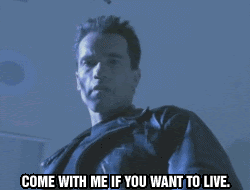
SEO Copywriting Explained
If there is one rule, it’s this: write for humans first. Build a human connection and then optimize content. This is called SEO copywriting. To do that, you need to know your audience very well. What are their pain points? What are their main technical grievances? You must present them with fantastic advice, person-to-person.
But first, you need to make sure your website’s technical SEO is in good shape. Otherwise, your brilliant copy will fall through the cracks of slow and boring pages.
In the next section, I will give you a few strategic pointers - don’t forget to add them to your creative brief for your company’s or agency’s next project. I will also give you some supporting stats so that you’ll be able to make your case easier.
Let’s see how to create the perfect environment for your superior SEO content that humans and search engines can both enjoy!
Site Speed
Nowadays, we are always in a hurry, even when we are not. People have no patience to wait until web pages fully load. Even if your headline was super interesting, they might still bounce away and get on the next exciting thing.
What’s the ideal site speed? It should be 2 seconds or less.
Site speed can also heavily impact your conversion rates. For example, Pinterest reduced perceived wait times by 40%, which increased search engine traffic and sign-ups by 15%.
Studies have also shown the negative impact poor performance can have on business goals. For example, the BBC found they lost an additional 10% of users for every additional second their site took to load. Ouch!
So, let’s start fixing your site speed. Most technical SEOs like to use webpagetest.org for uncovering issues.
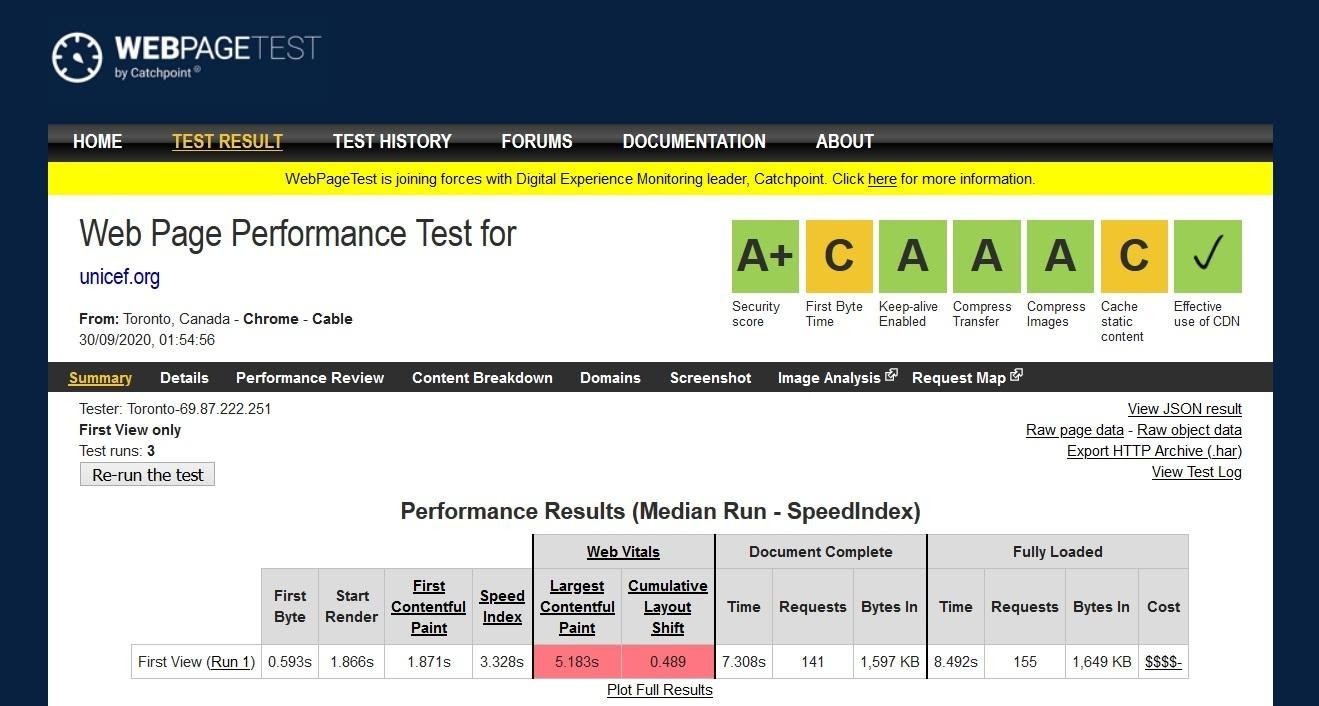
- Step 1: Analyze your overall performance. On the above screenshot, you can see that unicef.org received mostly A’s and a couple of C’s. Still, there are a few metrics that need attention (see: red highlights).
- Step 2: Analyze weaknesses. What are the worst-performing areas? Take note of the most problematic settings (or lack thereof).
- Step 3: Implement an action plan. In most cases, first-byte time and browser caching need special attention.
Use webpagetest’s reference guide and links to improve your grades.
Strong Headline
A boring headline can kill your reader’s interest before they even get to your copy. A compelling headline is your only chance to stand out in a sea of clickbait on the web.
“8 out of 10 people will read headline copy, but only 2 out of 10 will read the rest.” - Brian Clark, Copyblogger
Once you have caught the attention of a reader, your headline needs to be interesting enough for them to click. One of the easiest ways to do it is by using numbers.
People are drawn to quantified headlines. Why? Numbers are easy to perceive, and they convey a sense of comfort, which is something our brain constantly seeks. You’ll know exactly what to expect if the headline says “17 ways to make banana muffins.”
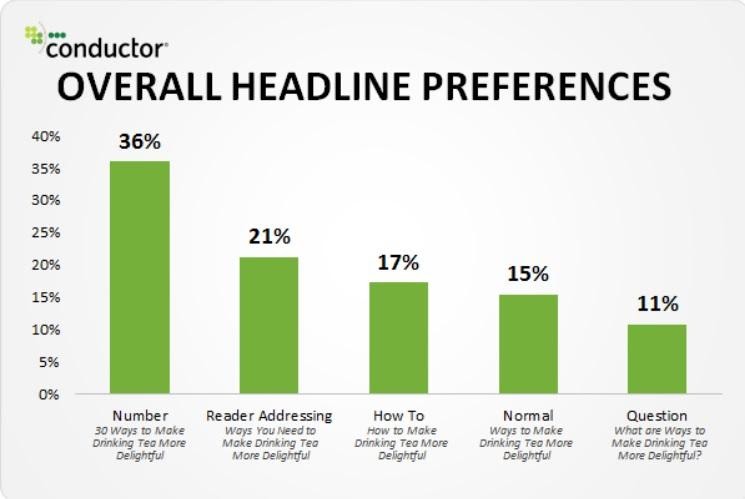

Using numbers in your headlines can also affect your conversion rate. It will be 30% higher using any number and 20% higher using odd numbers.
Before you hit publish on your content, get CoSchedule’s Headline Analyzer to check your copy.
Compelling Content
At the very core, SEO copywriting is all about the content.
To deliver value, you need to know your audience and their pain points very well. What are some problems that you can help them overcome?
If you can identify a few topics that will prove incredibly useful for your readers. This is the first step in creating rad content that works for both humans and SEO.
For example, social media analytics tool, socialinsider.io is not filling its blog with endless self-promo. They upload content that works for prospects and users in all stages of the sales funnel.


Meta Descriptions and SEO Keywords
Your meta description could be the single determining factor whether a user will click through to your article or not.
Whether a human or a search engine is reading it; it needs to be a concise snippet or explanation with keywords that are relevant to your page. Keep your meta description length between 155-166 characters so that it will fit most screens.

Pro-tip: if you want to dive further into optimizing your meta descriptions, check out Nightwatch.io’s SERP monitoring.


If you want to create the best content that will rank well in Google, it’s time to get strategic with your keywords, as well. But see, not too strategic. Your goal is still to write for humans first, so forget about keyword stuffing and over-optimization. As long as you put your keywords in the headline, you’re on the right track.
In fact, the single keyword approach has been replaced by the optimization for keyword intent and long-tail keywords. According to Drip, the average conversion rate for long-tail keywords is 2.5x of head keywords.
And let’s not forget about the fact that about 70% of all searches are done using long-tail keywords.
If there was anything I learned during the years of being a content marketer, then it’d be this: be irresistibly relevant to your target audience and rock search engines with the right keywords.
The rest will follow.
Tips to Create SEO Optimized Content
Good SEO optimized content flows so easy that you can’t even tell that it’s optimized. You know you’re on the right track if yours is like that. The key is not to overthink it because that leads to keyword stuffing.
No robot or human likes that.
Writing for humans and optimizing for robots is your key to SEO success. With that said, Google’s RankBrain algorithm is considered the third most important signal in determining ranking. AI-based optimization is on the rise, too, so you have to have your eye on multiple factors at once.


In this next section, I will give you a better idea on how to strike the perfect balance in creating user and AI-friendly content for the web. Let’s roll!
Do Your Keyword Research
Remember that joke? “Where do you hide a dead body? The second page of Google!”
If this cheesy one-liner rings true to you (not the dead body part), then it’s time to revisit your keyword research routine.
In the past few years, users have gotten used to advanced search engine algorithms. They feel comfortable knowing that whatever they search for, the answer will likely be on the first page.
Heck, as much as 66% of all clicks end up going to the first three results on Google.
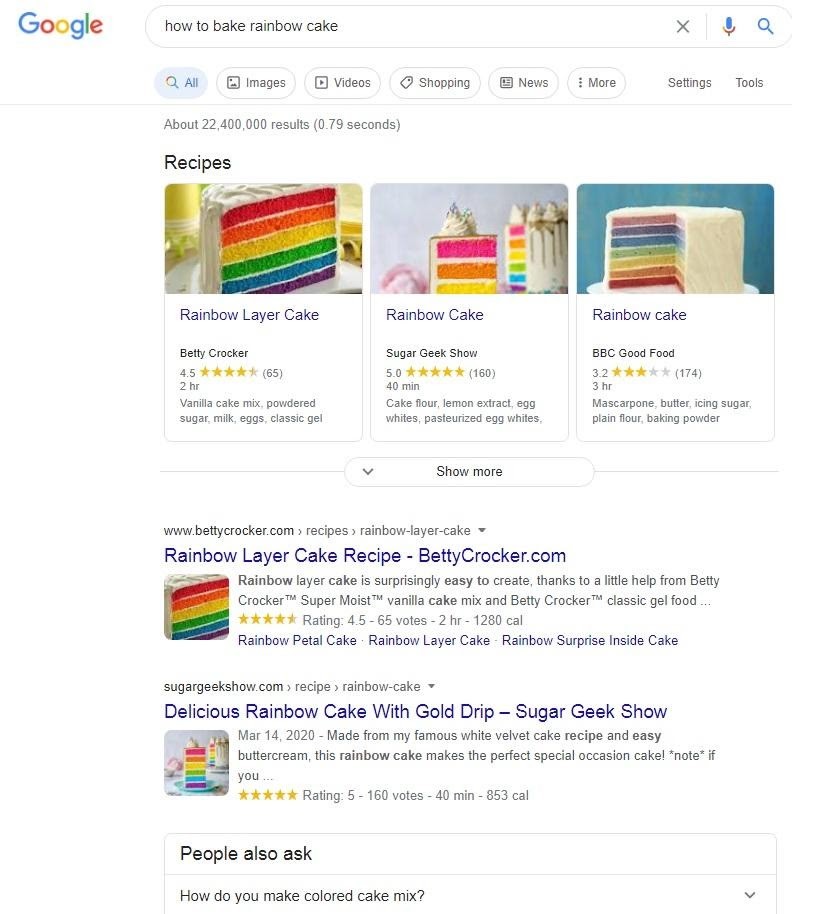

Keyword Research Tools
(and what metrics to look for)
There are a ton of amazing keyword research tools out there, like Ubersuggest, MOZ, SEMrush, and yes, Google itself, too.
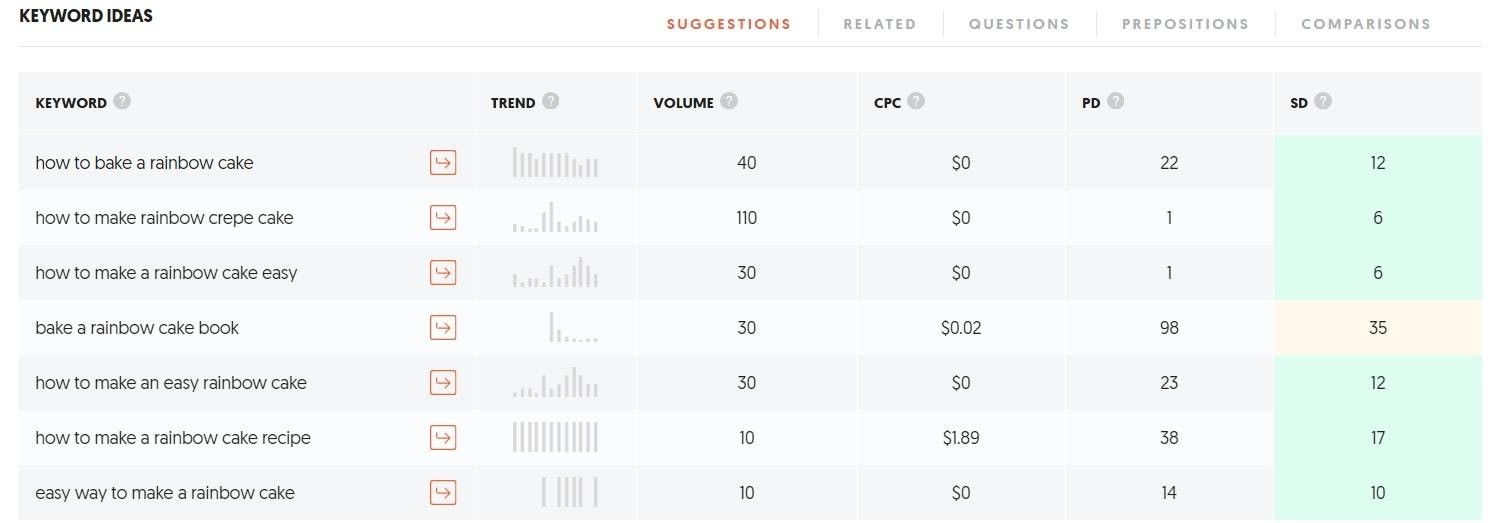

While they all offer a slightly different take on keyword mining, metrics are usually the same or pretty similar.
- Search volume: monthly estimated search volume
- CPC: how much the keyword is worth in Google Ads
- Difficulty: estimated competition in organic search
- SERP: shows whether the given search returns any featured results (video, image, reviews, answer box, etc.)
How do you pick your keywords?
Your golden ticket to the first page would be a keyword that’s high in volume but low difficulty. But that doesn’t happen too often. In which case, you will just need to stick to a keyword that has a decent search volume. Anything above 100 works, especially if it’s a 3+ word phrase.
In the above example, I initially searched for “how to bake a rainbow cake”, but I would go for “how to make rainbow crepe cake”, as it has a higher search volume and lower difficulty.
Pro-tip: when selecting what you want to rank for, keep keyword intent in mind. Keyword intent is the real meaning behind a phrase. For example, if someone searches for “best laptop 2020”, it probably means that they have an old laptop that they want to ditch for a new one. They’ve likely had that laptop for many years, so they don’t know the current landscape of laptops.
The better human story you can add behind each focus keyword, the more natural your content will flow.
How do you evaluate and select long-tail keywords?
Long-tail keywords (phrases with 4+ words) will naturally not have a high search volume. In this case, I recommend checking the following things:
- If you search for this long-phrase on Google, do your search results have featured elements like People also ask, videos and related searches? This can indicate that there is some activity within this search.
- Do your competitors already have content with this phrase? Try searching for: “competitor’s name + phrase.”
- Check for similar searches in Google Search Console.
Avoid Keyword Stuffing and Unnecessary Details
Keyword stuffing is not cool. It hasn’t been cool since the Google Panda 4.1 update that killed all sites with thin content.


So, how can you train yourself to avoid it? Use my technique, which is adding the main keyword to the following spots:
- In the title (1x)
- In the meta description (1x)
- In the intro AND the outro
- In a few headings where it feels natural
I also usually add a synonym to the intro. Other than these places, I only use the main keyword if it comes naturally. This keyword frequency approach has helped me rank SaaS brands from HubSpot to CoSchedule, so I encourage you to try it out.
For example, in my article for monday.com I use a similar method effortlessly. I use the main keyword (performance at work’) multiple times in the first two sections but then only sparingly for the rest of the article. This could also be a good tactic.


At the same time, you need to make sure that you don’t fill your paragraphs with unnecessary details and repetition. Here are some tips to keep yourself in check:
- Include your keyword OR its synonym a few times in the intro but no more than twice per section afterwards
- It’s even OK not to include the main keyword in some sections
- Instead, focus more on LSI-keywords (supporting keywords that are related to your keyword)
- Make the copy conversational: imagine that you’re talking to somebody
Analyze User Behavior Data
You probably get the idea by now: you write a piece of content. You optimize it for people first then for SEO. But to do this, you need to know more about them.
Use Google Analytics to analyze how they interact with your website:
- How they found your site: filter for source/medium.
- Where they entered your site: filter for landing pages.
- Which pages they visited: filter for pages.
- How useful your content was for them: check the bounce rate.
- What they typed into the search on your site: check your search terms.
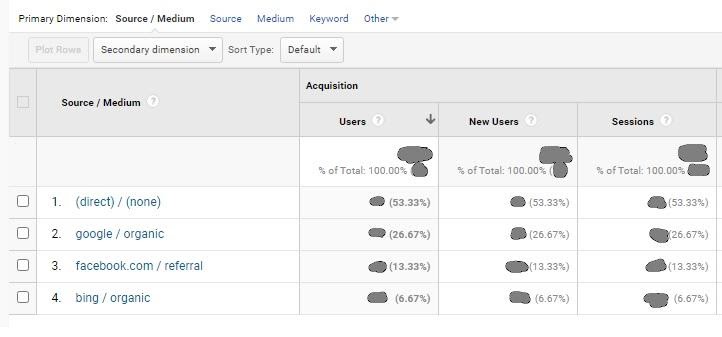

Another Google tool to help you analyze your users would be Search Console. Go through the Queries list to see what you already rank for.
Don’t be afraid to dig deep here. Your goal is to find interesting or useful keywords for your data - without worrying too much about impression counts. But if you find a hidden gem with a ton of impressions or clicks: even better!
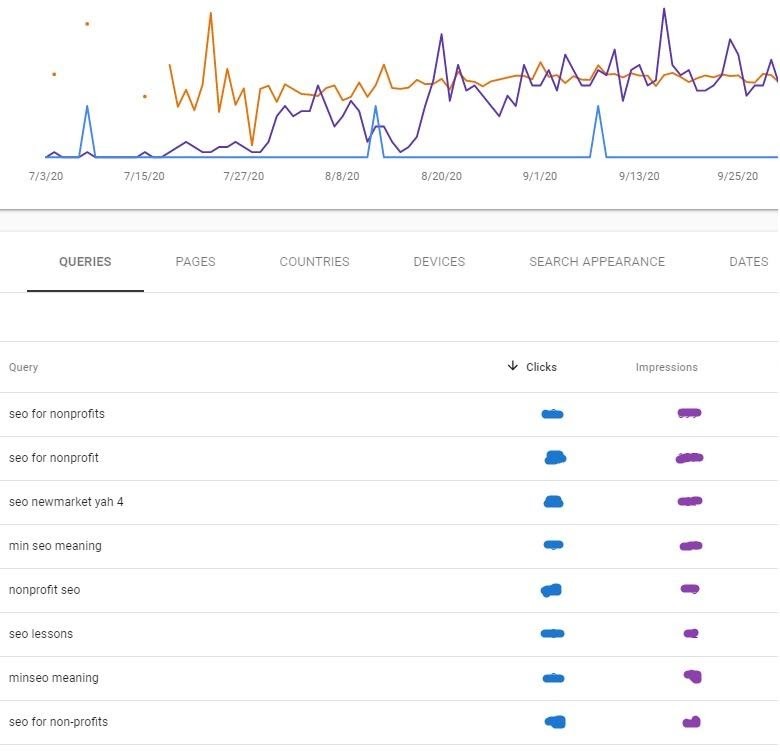

Other ways to analyze user behavior:
- Social media engagement (What works? What’s shared a lot?) Facebook’s Audience Insights report comes handy in building a user persona.
- Use Alexa’s Target Audience Analysis to dig even deeper in profile building.
- Create a survey with Google Forms (or any other tool) and integrate the answers into other apps.
- Check your reviews and comments manually to learn more about your humans.
Use Stimulating Visuals
Here’s an old trick I like to use for my marketing. Imagine that your target audience is looking at your content at 10 pm after a tiring day at work. How do you get them to engage?
The answer is to use amazing visuals throughout your content. Sometimes a graph or an infographic says more than any text could (think: a picture is worth a thousand words).


Using good quality imagery helps. But displaying something useful (and not as pretty) sometimes does more. Especially if your audience is rather technical in nature - they’ll appreciate your illustration for what it is.
Types of visuals that work well accompanying almost any copy:
- Infographics
- Charts, diagrams, tables
- Illustrations
- Screenshots
- Videos
- GIFs
For more information, I recommend Pixpa’s guide to graphics. If done right, it can be a powerful asset to your content.
Crosslink Wherever Possible
We can suspect from Backlinko’s list of ranking factors that good internal linking can help you rank better.
Building a good internal linking strategy can elevate your new or low ranking pages quickly. You could boost your organic traffic by as much as 40% with a thorough approach.
OK, but what about outbound linking? While linking out is not a ranking factor, Google itself encourages adding outlinks that are useful for the reader. Besides, if your website is compelling enough, adding a few interesting links won’t lose you users. Instead, it will make you look like you’re a wealth of information.
Here’s your link checklist:
- Link to the most relevant pages in the intro (external links are great but internal links are better)
- Link to trusted sources and their in-depth guides
- Don’t even think about using exact phrase anchor texts - just link your phrases as they naturally occur
Create Strong, Actionable Content
SEO copywriters are amazing. They are not just wearing many hats, they carry the whole show.
They are psychologists first, SEOs second and salespeople third. Yup, in this order. Oh, and they are still fighting robots on a daily basis. They have their persuasion techniques down to a T. So, how do they do it?
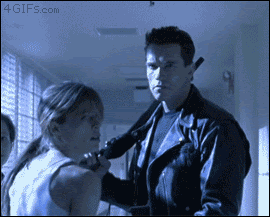

There is a formula to successful SEO copywriting that I like to use. It goes something like this:
- Establish a problem that the reader has (you need links but have objections/fears/obstacles)
- If available, add a stat that supports the importance of solving the above problem (Google encourages various styles of link building)
- Provide solution (checklist)
- If applicable, add a call-to-action
This formula works well on your page as a whole AND inside each section. Make sure to also enhance your copy with additional elements, such as:
- Bullet points
- Case studies
- Testimonials (think: social proof)
- Compelling headings
- Clear CTAs
On another note, I break down my content projects into tasks and leverage checklists to make sure my content gets shipped ticking all the boxes. With content writing, there are several tasks that can easily overwhelm, so it makes sense to plan ahead.
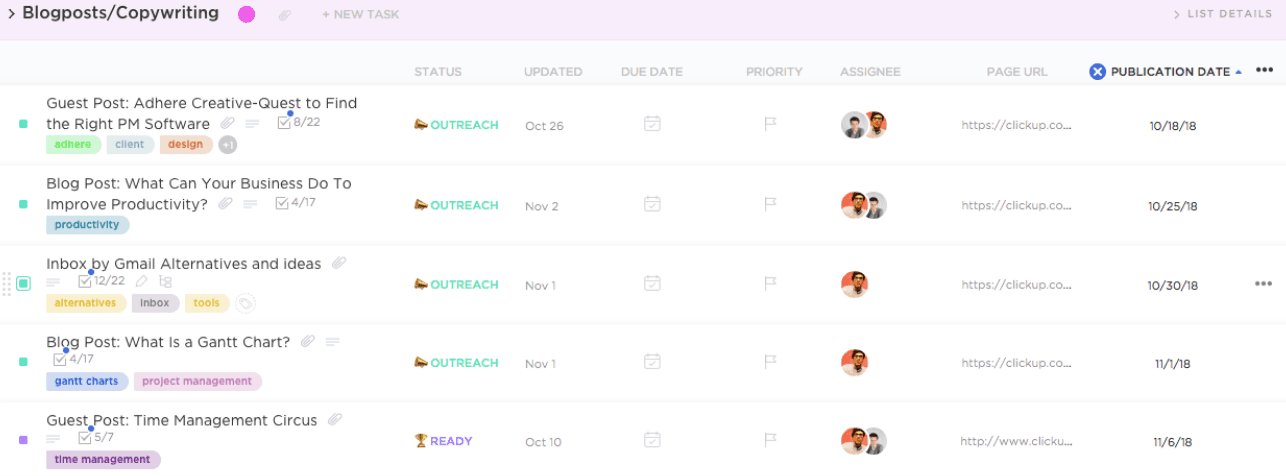

Conclusion
Yes, in order to create rad content that works for humans and SEO, you need to create content for humans first. Period.
Understanding your target audience will help you produce real value in your content marketing that will solve their problems. Humans can detect a heavily optimized article from a mile.
Hence, there is no need to pepper your copy with repetitive keywords or worry about backlinks because they will occur organically. That’s the beauty of SEO copywriting.
Hasta la vista, baby!
About the Author
Mark Quadros is a SaaS content marketer that helps brands create and distribute rad content. On a similar note, Mark loves content and contributes to several authoritative blogs like HubSpot Sales, CoSchedule, Foundr, etc. Connect with him via LinkedIn.
